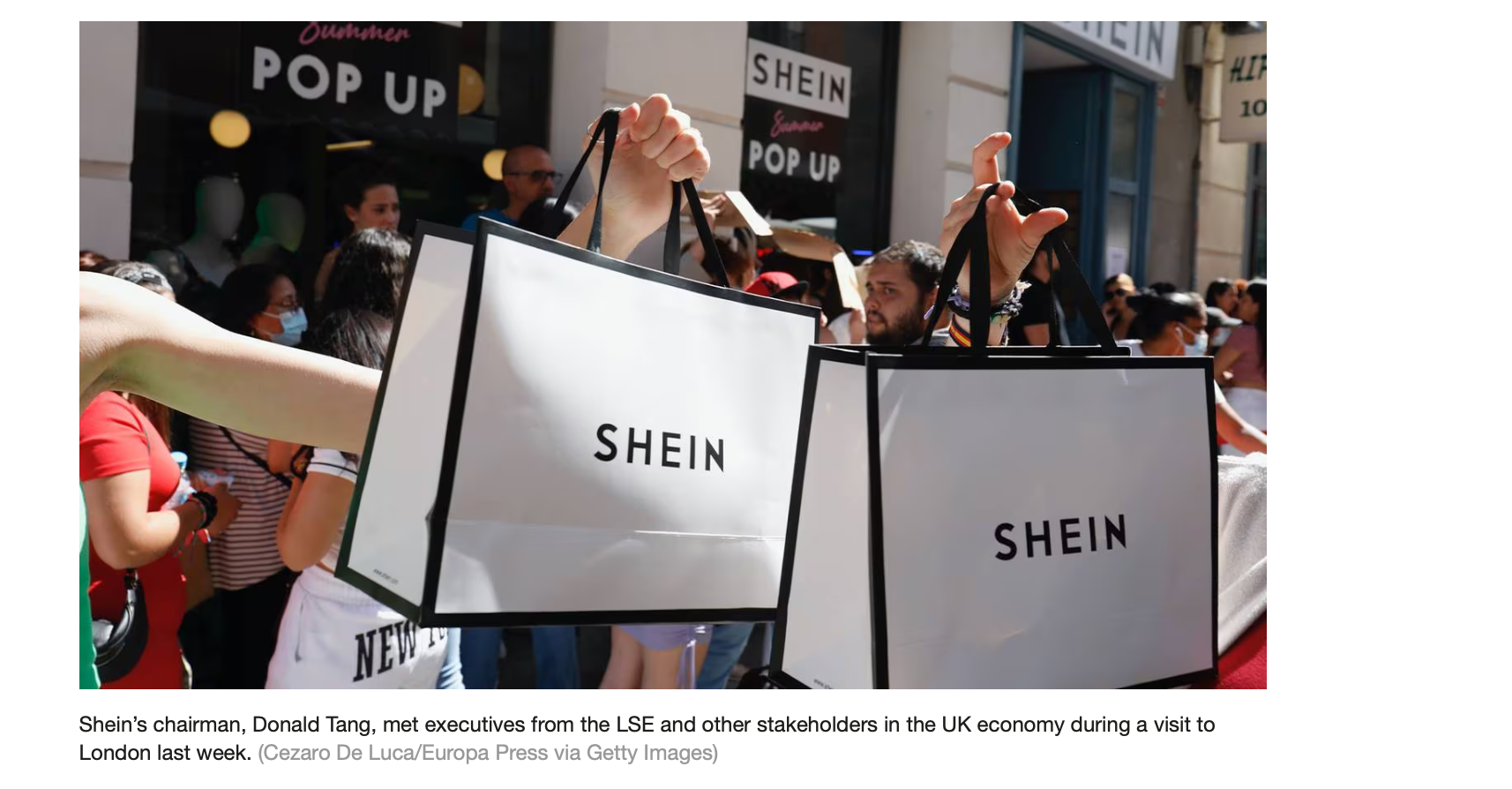Theme 07: Fast Fashion’s Power Plays - The Evolving Competitive Landscape
Fast Fashion: A Speedier, Savvier Future
Welcome back to our series on "The State of Fashion 2024"! In today's segment at The Digital Hive, we delve into the dynamic and fiercely competitive world of fast fashion.
The New Wave of Fast Fashion
The fast-fashion landscape is witnessing a seismic shift. Companies like Shein and Temu are redefining the game with their ultra-fast production and affordable pricing. It's a trend that's catching on globally, with 40% of US consumers and 26% of UK consumers shopping at these stores in the past year.
Innovations Driving Change
What's powering this third generation of fast fashion? It's a blend of agile supply chains directly connecting manufacturers to consumers and data-driven product design. These innovations are not just making fashion faster and cheaper; they're reshaping consumer expectations.
Challenges on the Horizon
However, this rapid growth and transformation aren't without challenges. As sustainability and ethical trade practices become more crucial to consumers and regulators, these fast-fashion giants will need to adapt. Balancing affordability with ethical standards will be key to their continued success.
Customer Loyalty: Beyond Price and Speed
Customer loyalty in fast fashion is evolving. It's no longer just about low prices and quick trends. Engagement strategies like gamification, micro-incentives, and social media communities are becoming vital in cultivating a dedicated customer base.
Navigating a Shifting Landscape
As we move into 2024, the fast-fashion sector will need to navigate these evolving consumer preferences and regulatory landscapes adeptly. The companies that succeed will be those that can adapt swiftly while maintaining a keen eye on sustainability and ethical practices.
My Reflection on Fast Fashion’s Evolution
As we observe these seismic shifts in fast fashion, it's crucial to reflect on what this means for the industry and for us as consumers. The rise of Shein and Temu, with their rapid production and affordability, signals a new era where convenience and cost reign supreme. However, this convenience comes with its own set of complex challenges.
As an MBA student with a keen interest in marketing and data analytics, I see these developments as a double-edged sword. On one hand, fast fashion democratizes style, making trendy clothing accessible to a wider audience. On the other, the environmental and ethical implications cannot be ignored. The fast fashion model, while economically successful, often comes at a high cost to sustainability and labor standards.
This tension between consumer demand for affordability and the imperative for sustainable practices presents a fascinating challenge. It underscores the need for balance – a harmony between meeting consumer expectations and upholding ethical standards. The future of fast fashion will depend heavily on how these brands navigate this balance. Will they continue to push the boundaries of speed and cost, or will they pivot towards a more sustainable and ethical approach?
Fast fashion is at a crossroads in 2024, facing both opportunities and challenges. The industry's ability to adapt while embracing sustainable and ethical practices will dictate its future course. For fashion enthusiasts and industry players alike, it's a sector to watch closely. As we move forward, it's vital for us as consumers to stay informed and conscious about the impact of our fashion choices. The evolving landscape of fast fashion is not just a business trend; it's a mirror reflecting our values and priorities as a society.
Insight: This blog post is based on the findings from "The State of Fashion 2024" by The Business of Fashion and McKinsey & Company. It reflects the anticipated trends and consumer shifts in the fashion industry


